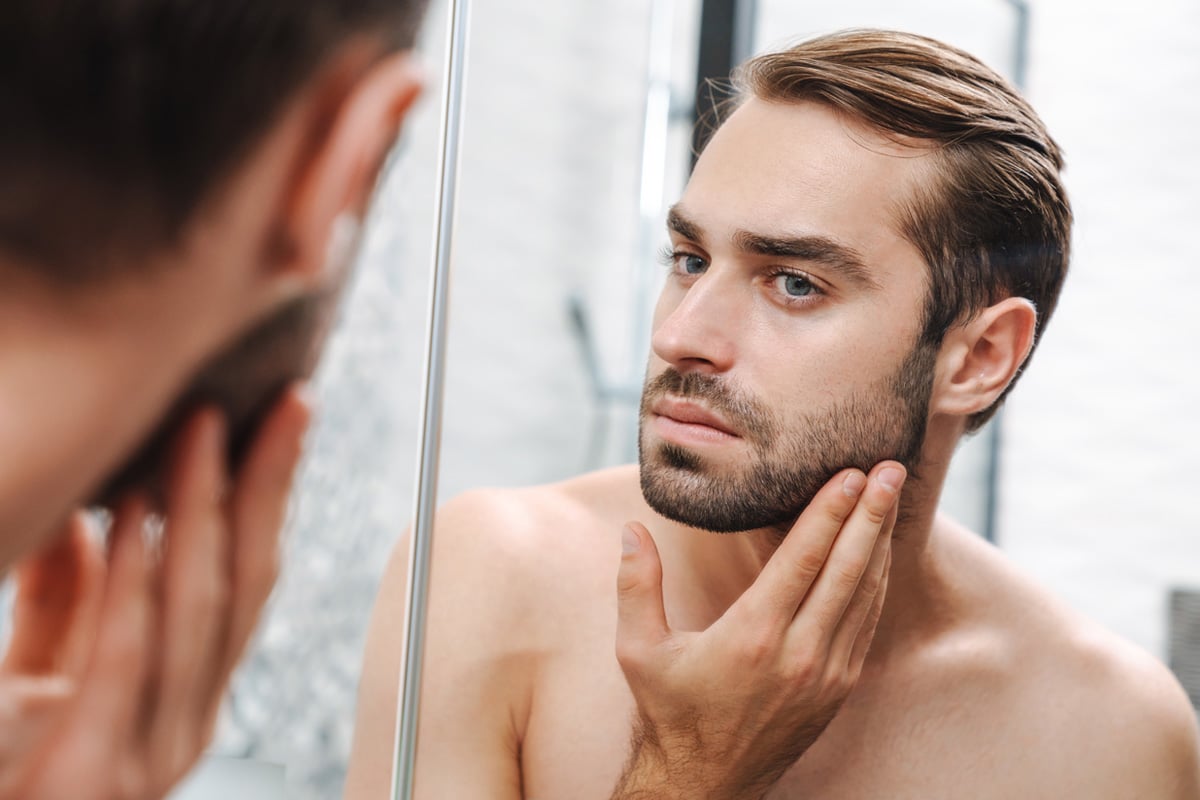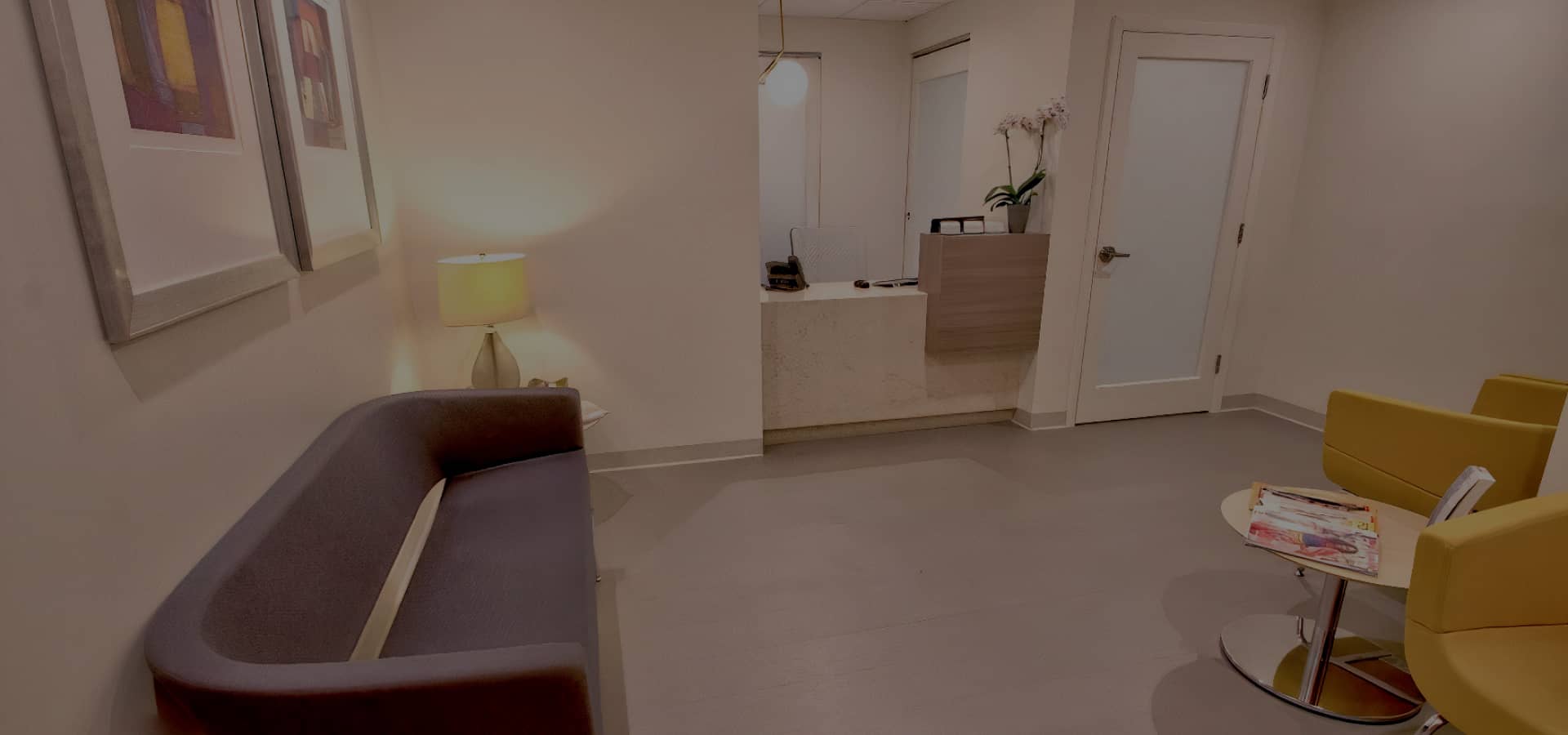Ever puzzled over how to make your facial hair fuller or grow faster? While some people can effortlessly grow a lush beard, not everybody is that lucky. Bridging this gap between desire and reality are two primary solutions – beard transplants and medical growth solutions. This piece will outline these options and help you decide what’s best for you.
Evaluating Beard Transplant and Medical Hair Growth Solutions
Beard transplant and medical hair growth solutions offer different options to patients looking for thicker facial hair growth. A beard transplant is a surgical procedure that involves transferring hair follicles from one part of the body to the face. This process tends to be more invasive but is often successful in providing a fuller beard.
On the other hand, medical hair growth solutions involve the use of medications or topical creams to stimulate hair growth. Though less invasive, results vary depending on the individual’s responsiveness to treatment. Patients should consider factors like the procedure cost, recovery process, and their comfort in taking medication or undergoing surgery before making a decision.
Decoding Beard Transplant Procedures
The beard transplant procedure, a type of hair transplant, has been fine-tuned with modern techniques that ensure a seamless, natural result. It begins with the extraction of hair grafts, which are follicular units harvested from a donor area, typically at the back of the scalp.
Two popular methods can be used to achieve this: Follicular Unit Extraction (FUE) and Follicular Unit Transplantation (FUT). FUE is extracted individually, while FUT involves removing a strip of skin laden with numerous follicular units. Advanced hair transplant techniques are employed to ensure minimal discomfort and fast recovery.
Once the follicular units are extracted, they are transplanted meticulously into the designated beard area. The use of FUE or FUT is decided before consultation, considering various factors like the thickness and density of available donor hair. Both techniques have their benefits, but personal medical factors will determine the most suitable method.
Delving into Donor Hair and Transplanted Hairs
In a facial hair transplant, the surgeon harvests hairs typically from the scalp, and carefully transplants them to the face. It’s crucial to understand that the hairs extracted, or the donor hairs, are not shed or lost post-transplant. Instead, individual hair follicles adapt to their new location, become a part of the blood supply, and start growing. This way, scalp hair can indeed give life to new facial hair, making a facial hair transplant a successful procedure. Although the growth may vary from person to person, the transplanted hairs are generally permanent.
Beard Transplant Recovery and Aftercare
Post-beard transplant, a 10-15 day recovery is common, with mild discomfort manageable by prescribed medication. Essential care includes keeping the area clean, avoiding strenuous activity, and not touching grafts. Scarring can occur but isn’t indicative of failure; maintaining communication with your surgeon and following their care guidelines is key for a good outcome.
Understanding Medical Beard Growth Solutions
If you’re struggling with inadequate beard hair growth, various medical solutions come into play. These alternatives to hair transplants aim to manipulate the natural growth pattern of facial hair by boosting testosterone levels – the hormone responsible for most physical changes in men, including facial hair development.
Testosterone on Facial Hair Growth
Testosterone, the male sex hormone, promotes beard growth by transforming the vellus hair (the light, colorless hair found in children and women) into terminal hair (the darker, coarser hair that usually shows up during puberty). Therefore, higher testosterone levels typically translate to better beard hair growth. However, at times hormone levels aren’t the issue, but the inability of the facial hair follicles to adequately respond to testosterone; herein, other medical interventions may be required.
Finasteride
Finasteride is a prescription medication that helps with beard growth by blocking the enzyme responsible for converting testosterone into dihydrotestosterone (DHT). DHT is another powerful hormone associated with male pattern baldness and other hair loss issues. By blocking its action, finasteride helps maintain a healthy balance of testosterone and DHT, which helps promote facial hair growth.
Diet and its Impact on Beard Growth
A diet plays an integral role in beard growth. Consuming a healthy diet rich in vitamins, especially Biotin, helps stimulate hair follicles for faster and thicker hair. Your diet should include foods high in proteins, whole grains, fruits, and vegetables. These foods are laden with the essential nutrients that your body requires to produce the hormones responsible for hair growth. Remember, a well-balanced diet nourishes not just your body but also your beard.
Always make sure to drink plenty of water as well. It not only keeps you hydrated but also helps in flushing out toxins from the body which otherwise might hinder healthy hairgrowth.
Topical Treatments
Topical treatments, such as beard oil, have shown promising results for men struggling with a patchy beard. Applied directly to the affected area, these treatments stimulate hair follicles, thereby promoting beard growth. This method offers a non-surgical, non-invasive solution to those who prefer a full, even beard.
Minoxidil (Rogaine) is one of the topical solutions that has proven to be effective in stimulating beard growth. It works by increasing the size of existing hair follicles, as well as stimulating the growth of new ones. It also thickens and darkens existing hairs. Minoxidil is available in various concentrations and formulations, from 2% to 5%. It should be applied twice daily for at least 3 months to observe any significant changes.
Before starting any topical treatment, it’s essential to consult with a dermatologist or other medical professional to ensure the product is safe and suitable for your skin type.
Side Effects and Risks of Both Options
When considering beard implants or medical growth solutions for enhancing facial hair, it’s important to be aware of the potential side effects and risks associated with each option:
Beard Transplants
- Ingrown Hairs: A common side effect post-surgery is the development of ingrown hairs. This happens when newly transplanted hair curls back into the skin, irritating.
- Hair Quality: The quality of transplanted hair can vary, depending on the donor area’s hair health and condition. It’s crucial to have realistic expectations regarding texture and density.
- Itchy Scalp: During the healing process, you may experience an itchy scalp at the donor site. This is typically temporary and can be alleviated with prescribed medications.
Medical Growth Solutions
- Hair Health: Continuous use of topical treatments like Minoxidil can affect the overall health of your hair, sometimes leading to dryness or brittleness.
- Hair Condition: Monitoring your hair condition is essential, as some treatments can alter hair texture or cause thinning in certain cases.
- Scalp Sensitivity: Medications and creams can sometimes lead to scalp sensitivity, resulting in irritation or discomfort.
Remember, both options have their unique challenges, and consulting with a specialist is vital to ensure the best care for your hair and scalp health.
The Unique Traits of Beard Transplant
To provide insight into the effectiveness of hair transplantation for beard enhancement, it’s important to understand the unique characteristics that make this option stand out.
- Beard transplants ensure healthy hair growth by relocating robust follicles to the beard area.
- Transplanted hair maintains the look and feel of natural hair, blending seamlessly with existing facial hair.
- Improved blood flow to the transplanted area supports the nourishment and health of the new follicles.
- The rate of growth for transplanted hair eventually matches the natural growth cycle of facial hair.
Distinctive Features of Medical Beard Growth Solutions
Exploring the distinctive features of medical beard growth solutions, these options stand out as an alternative to hair transplantation, offering popular and accessible methods for beard enhancement:
- Serving as a non-surgical alternative to hair transplantation, these solutions are preferred by individuals seeking less invasive treatments.
- Among the popular options, topical treatments with effective ingredients like Minoxidil promote enhanced beard growth.
- Oral medications, another favored choice, often require a specific daily dosage to effectively improve hair quality and growth patterns.
- Consistent application or adherence to the prescribed daily dosage is crucial for these methods to be successful in stimulating beard growth.
How to know which one is better?
When determining whether a beard transplant Miami or medical growth solutions are better for you, it’s essential to consider personal factors such as your health, beard goals, and lifestyle. Evaluate your tolerance for surgical procedures versus ongoing treatments, and consider the permanence and maintenance required for each option. Consulting with a specialist can provide insights into what suits your hair condition and growth patterns best. Ultimately, the right choice balances effectiveness, personal comfort, and long-term satisfaction with the results.
Consult with a Hair Restoration Specialist
If you’re looking for healthier hair, consider consulting with a hair restoration specialist like Dr. Anthony Bared. He is an experienced surgeon and can help you decide if a hair transplant procedure is right for you. Dr. Bared’s goal is to provide you with natural-looking results that will be long-lasting and satisfying. Schedule an appointment today to learn more about how he can help restore your hair and confidence!



